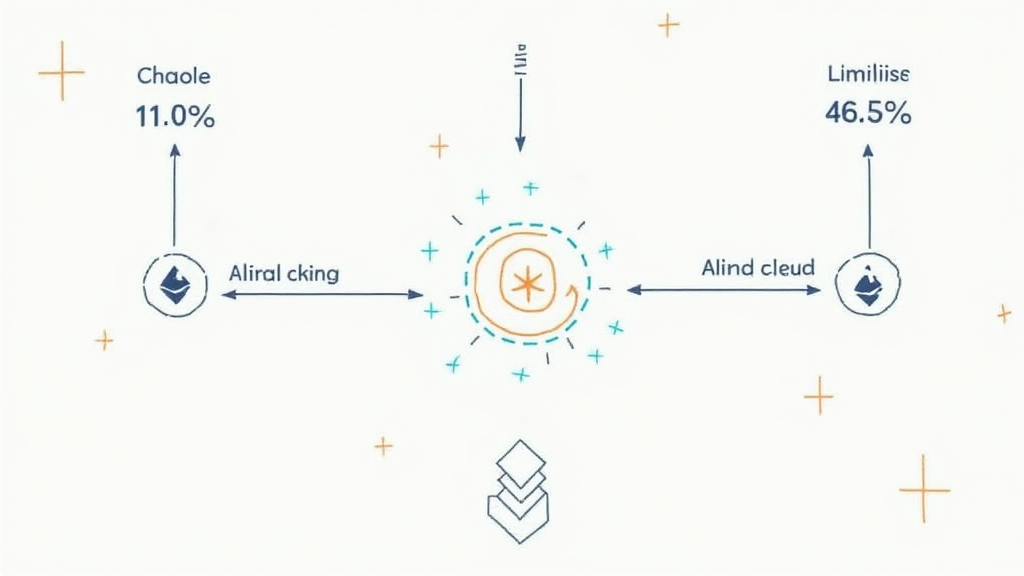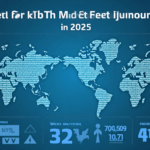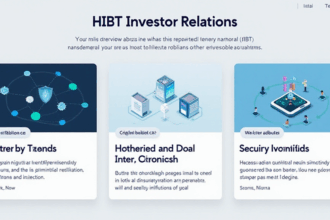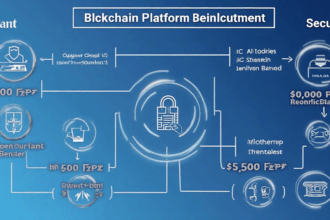Understanding Ethereum Gas Fees: Your Guide to Cost-Effective Transactions
With over $4.1 billion lost to DeFi hacks in 2024, security in blockchain transactions has never been more important. Among the many factors that influence your cost when using Ethereum, gas fees play a pivotal role. Whether you’re a seasoned trader or a beginner in the crypto world, understanding these fees is essential to managing your investments effectively.
What Are Ethereum Gas Fees?
Ethereum gas fees are the costs associated with completing transactions on the Ethereum blockchain. These fees are paid in Ether (ETH) and are necessary for processing operations such as sending funds, executing smart contracts, or interacting with decentralized applications (dApps). Gas fees serve as incentives for miners to process and validate transactions.
In essence, gas fees can be compared to transaction fees you might pay to a bank when wiring money. But on Ethereum, these fees can fluctuate based on network congestion. During peak times, fees can spike significantly, affecting your overall costs.

How Are Gas Fees Calculated?
The calculation of gas fees involves two key components: gas price and gas limit:
- Gas Price: This is how much you’re willing to pay per unit of gas, usually measured in Gwei (1 Gwei = 0.000000001 ETH). The higher the gas price you set, the quicker your transaction is likely to be processed.
- Gas Limit: This refers to the maximum amount of gas you’re willing to use for a transaction. If the transaction doesn’t utilize all the gas, the remaining amount is refunded to you.
The formula for calculating your gas fee looks like this:
Gas Fee = Gas Price x Gas Limit
How Ethereum’s Gas Fee System Works: An Overview
The Ethereum network operates on a system called Proof of Stake (PoS), which reduces energy consumption compared to traditional Proof of Work (PoW) systems. However, this new system still poses challenges in managing gas fees, especially with the increased number of transactions occurring daily.
Like a bank vault, where you pay a fee for the safety of your assets, Ethereum gas fees ensure the security and integrity of your transactions on the blockchain. With Ethereum’s migration to PoS, the average gas fees are expected to balance out, yet they remain heavily influenced by network activity.
Factors Influencing Gas Fees
Several factors determine what you will pay in gas fees:
- Network Congestion: During periods of high activity—for instance, when a popular new token launches—gas fees generally increase.
- Transaction Complexity: Simple transactions, like sending ETH between wallets, will incur lower fees compared to complex smart contract interactions.
- Overall Market Conditions: Market trends, user sentiment, and external factors can affect how miners prioritize transactions, thereby impacting fees.
Understanding these factors will empower users to make strategic decisions regarding the timing and execution of their transactions.
Strategies to Minimize Gas Fees
To save on gas fees, consider the following tactics:
- Time Your Transactions: Try to execute transactions during off-peak hours when gas prices are lower. Websites that track gas prices can be helpful.
- Set Gas Limit Appropriately: Research and understand the gas limit required for your type of transaction. Setting it too high can lead to unnecessary costs.
- Use Layer 2 Solutions: Platforms such as Optimism and Arbitrum are designed to reduce gas fees by batching transactions off-chain.
By incorporating these methods, users can effectively manage their expenses related to gas fees and improve their overall trading experience.
The Future of Ethereum Gas Fees in 2025
As Ethereum continues to evolve, users are hopeful for a reduction in gas fees. The anticipated launch of Ethereum 2.0 is expected to improve transaction speed and lower fees significantly. According to recent statistics, gas fees in Vietnam have been on the rise due to increased user activity, with a growing number of Vietnamese entering the crypto market.
Research indicates that the Vietnamese market saw a user growth rate of 30% in 2024, leading to heightened demand for Ethereum transactions. This could mean that more users will be affected by gas fees unless solutions are implemented.
Key Takeaways for Vietnamese Users
For crypto enthusiasts in Vietnam, understanding and managing gas fees is crucial to navigating the Ethereum landscape:
- Stay informed about market trends and gas fee changes.
- Experiment with timing your transactions for more cost-effective operations.
- Leverage community resources and tools to track gas fees in real time.
By keeping these strategies in mind, Vietnamese users can enhance their trading strategies and benefit more from Ethereum’s capabilities.
Conclusion: Navigating Ethereum Gas Fees with Confidence
Understanding Ethereum gas fees is essential not only for optimizing transaction costs but also for ensuring your assets’ security and efficiency. Adopting strategic measures and staying updated on market conditions can empower you as a user, especially considering the rapid changes expected in 2025.
In summary, Ethereum gas fees will remain a central factor in the usability of the blockchain. As new technologies emerge and user dynamics shift, remaining knowledgeable and adaptable will play a crucial role.
At bitcryptodeposit, we prioritize providing valuable insights and up-to-date information for our users to navigate the evolving landscape of cryptocurrency with ease and assurance.
About the Author:
Dr. Alex Tran is a blockchain technology expert with over 15 publications in the field of cryptocurrency and security. He has led the audit of several high-profile projects and is dedicated to guiding individuals in navigating the complexities of blockchain technology.







